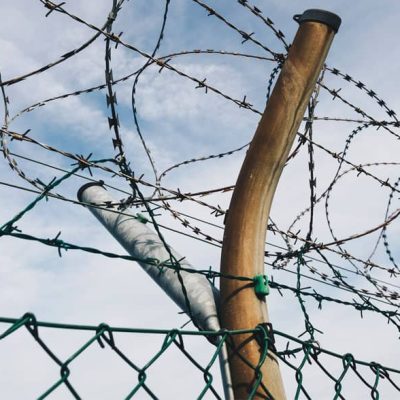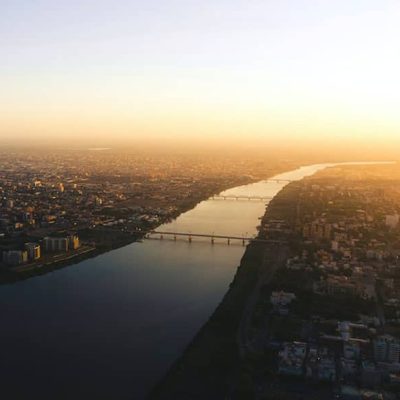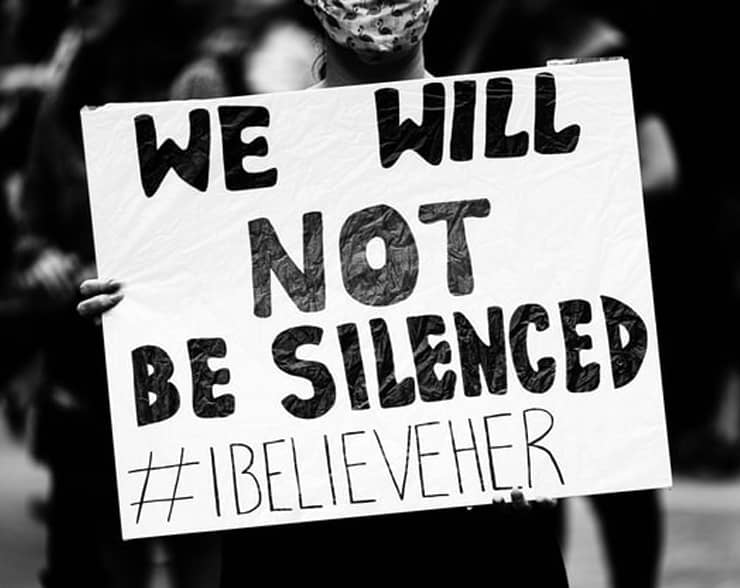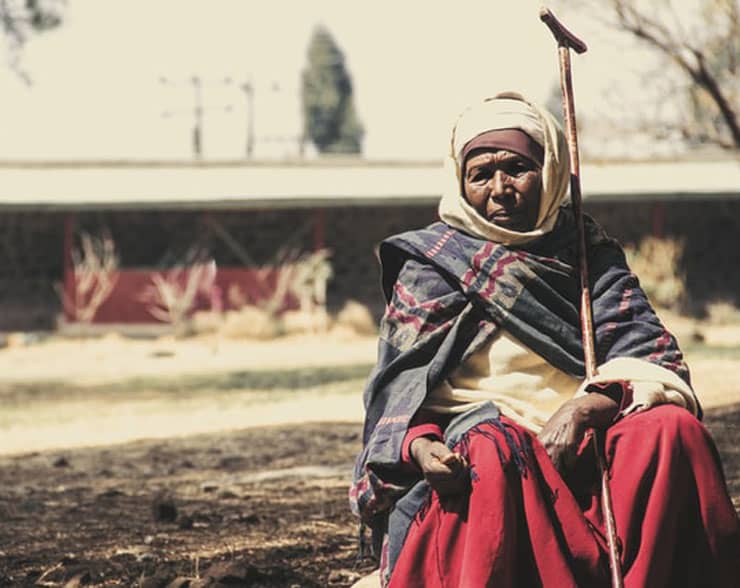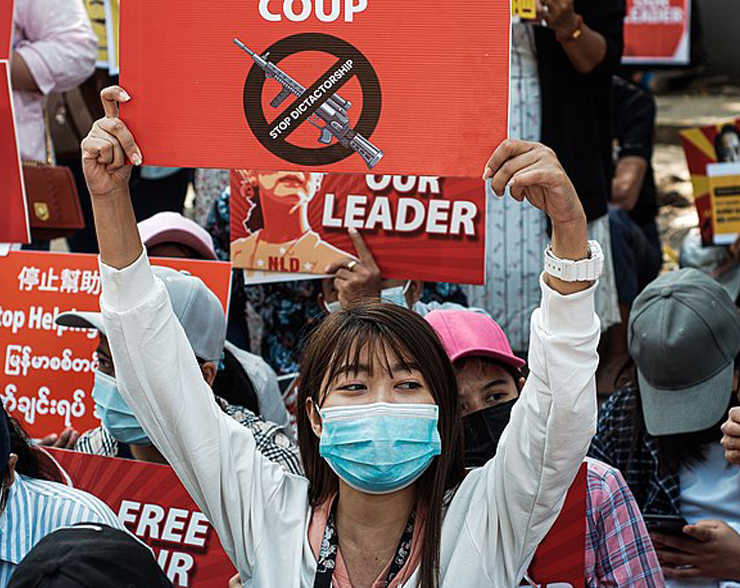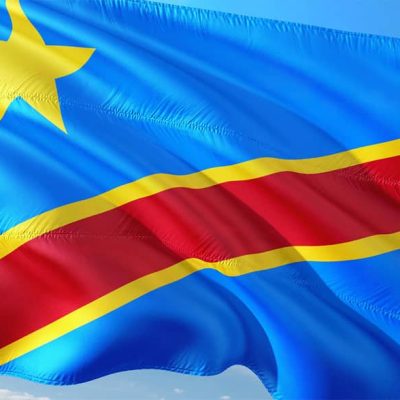 Appeals
Appeals
Dark Clouds and Little Light at the Nuclear-Weapon Non-Proliferation…
Featured Image Photo by Egor Myznik. Unsplash.
After late night negotiations; the every-five-year Review of the Treaty on the Non-Proliferation of Nuclear Weapons; (The NPT Review) failed to reach a consensus on a final statement this past Friday. The terms of the Review require a consensus and not a majority-minority vote. This is not the first time that a NPT Review has failed to reach a consensus on a final documen; but the failure is an indication of strong tensions among nuclear-weapon states – in particular over the Russian Federation armed conflict in Ukraine.
151 States participated in the Review held at the United Nations in New York; however the Review is not a U.N. conference, thus the consensus rules of procedure. There were 160 non-governmental organizations (NGOs) accredited to participate in the Review. I had chaired the NGO representatives at the first Review in 1975 held in Geneva, and also chaired the NGOs at the 1980 Review. We were fewer then. However getting consensus among NGOs is nearly as difficult as among States. The impact of NGOs depends to a large part on preparation before the Review and follows up after.
The Treaty was negotiated in Geneva during a 10-year period with frequent consultations between the negotiators and the Foreign Ministries. Many negotiators of non-nuclear-weapon States considered the treaty as uneven or unfair, giving a superior position to the five official nuclear-weapon States: China, France, Russia, the U.K. and the U.S.A. In “compensation” there is a crucial Article VI in which the nuclear-weapon States agree:
“to pursue negotiations in good faith on effective measures relating to the cessation of the nuclear arms race at an early date and to nuclear disarmament.”
NGOs have cited Article VI at each Review deploring the lack of progress toward nuclear disarmament or any other type of disarmament.
Dark clouds hung over this Review with the statements of the Russian authorities on 24 February and again on 27 April threatening that nuclear weapons might be used if its forces in Ukraine were menaced. As a reply, the States party to the 2017 Treaty on the Prohibition of Nuclear Weapons issued a 23 June consensus statement stating that:
“any use or threat of use of nuclear weapons is a violation of international law, including the Charter of the United Nations” and condemned “unequivocally any and all nuclear threats, whether they be explicit or implicit and irrespective of the circumstances.”
It is certain that the shadows of nuclear weapons exist in the thinking of some governments. The State of Palestine participated in the Review but not the State of Israel. The Republic of Korea was there but not North Korea. There is a need to deal both with regional tensions such as those of the Middle East or the two Koreas as well as the nuclear-weapon stockpile of the U.S.A. and the Russian Federation. There are some possibilities of “Track II” – informal diplomacy – concerning the Middle East and the Koreas. However there is less concerning U.S. and Russian nuclear policy where NGOs have made proposals for as long as I can remember but with little visible impact. Yet the challenge is there. The coming together of such a large number of NGO representatives may help build a platform for NGO consensus and action.
Korean Peace Memorial By John Murphy, CC BY-SA 2.0 <https://creativecommons.org/licenses/by-sa/2.0>, via Wikimedia Commons.
Korean Peace Treaty Awaits: NGO Efforts Needed.
Rene Wadlow, President, Association of World Citizens.

President, Association of World Citizens (AWC).
Estudied International relations in The University of Chicago.
Estudied Special Program in European Civilization en Princeton University
Here are other publications that may be of interest to you.
Politics Beyond National Frontiers.
Featured Image: Photo by Markus Spiske, Unsplash. In our current globalized world society, there is an increased role for politics without borders. Politics no longer stops at the water’s edge…
Protecting Cultural Heritage in Time of War.
Featured Image: World Heritage flag, Stortorget, Karlskrona. By Henrik Sendelbach, CC BY-SA 2.5 https://creativecommons.org/licenses/by-sa/2.5, via Wikimedia Commons. War and armed violence are highly destructive of the lives of persons, but…
Let My Children Go: World Efforts to Eliminate the Worst Forms of Child Labour.
Featured Picture: Nepali girls working in brick factory. Krish Dulal, CC BY-SA 3.0 <https://creativecommons.org/licenses/by-sa/3.0>, via Wikimedia Commons. Child Labour. Your children are not your children;They are the sons and daughters…
Our Common Oceans and Seas.
Featured Picture: Photo by Alice Mourou on Unsplash. The people of the earth having agreed that the advancement of man in spiritual excellence and physical welfare is the common goal…
U.N. Security Council Focus On World Hunger.
Featured Image: Photo by Sigmund on Unsplash. On 23 May, the United Nations Security Council will hold a special briefing to address the issue of food insecurity under the chairmanship…
The Sky Darkens in Sudan.
Featured Image: Photo by Abdulaziz Mohammed on Unsplash. On 15 April 2023, a long-brewing conflict between two generals who had seized power in a coup in 2021 broke into armed battles…
Israel-Palestine: Tension-reduction Measures Urgently Needed.
Featured Image: Image by DEZALB from Pixabay. The Association of World Citizens calls for urgently needed tension-reduction measures in the Israel-Palestine-Lebanon area. Tensions have led to a barrage…
Syria: The Start of a Long Night of Sorrow.
Featured Image: Photo by Ahmed akacha: https://www.pexels.com/es-es/foto/gente-demostracion-rally-protesta-7183546/ By Rene Wadlow. On 13 March 2011 in Derra, in the south of Syria, 15 teenage boys were arrested by Syrian security police…
Yemen: Positive Action Still Needed.
Featured Image: The UK hosted the Friends of Yemen meeting on 27 September 2012 in New York alongside co-hosts the Kingdom of Saudi Arabia and the Republic of Yemen. The…
Confidence-building Measures in Asia-Pacific: Reversing the Slide to Violence.
Featured Image: Photo by wu yi, Unsplash With U.S. and Chinese military engaged near Taiwan, a miscalculation could lead to armed violence. The armed conflict in Ukraine has heightened the debate…

